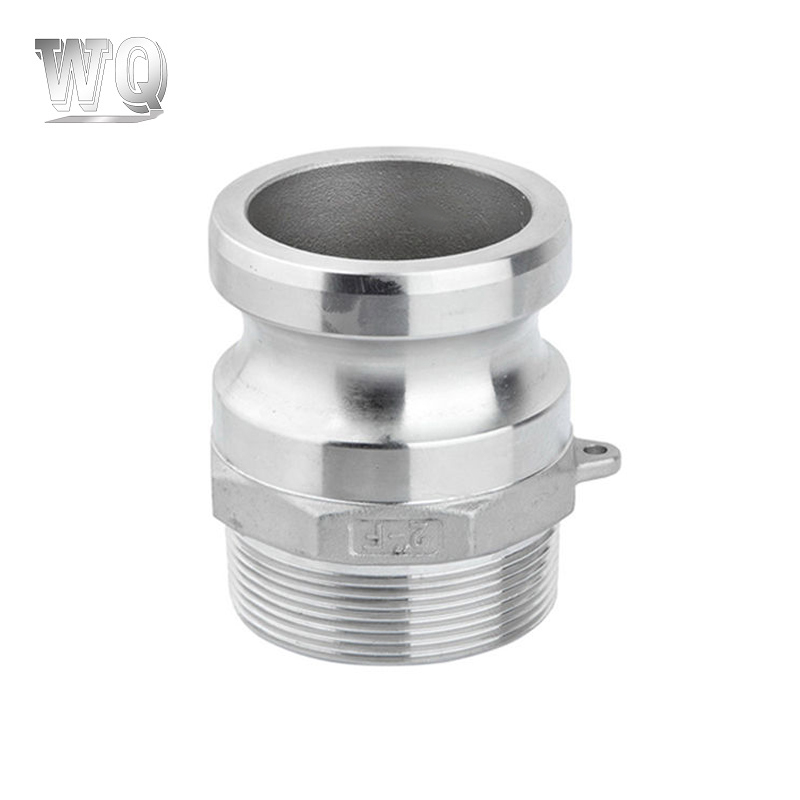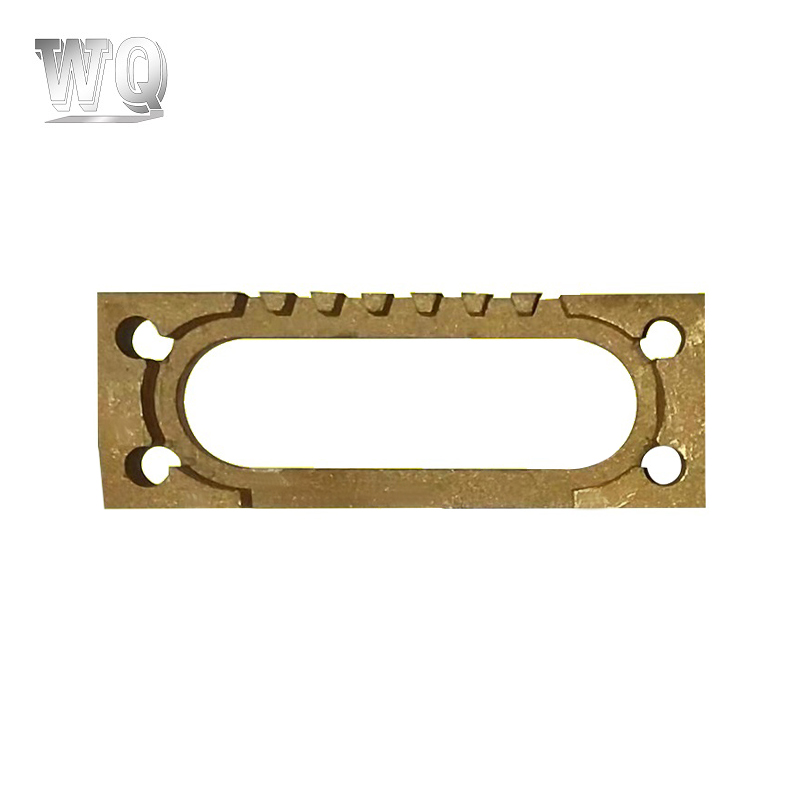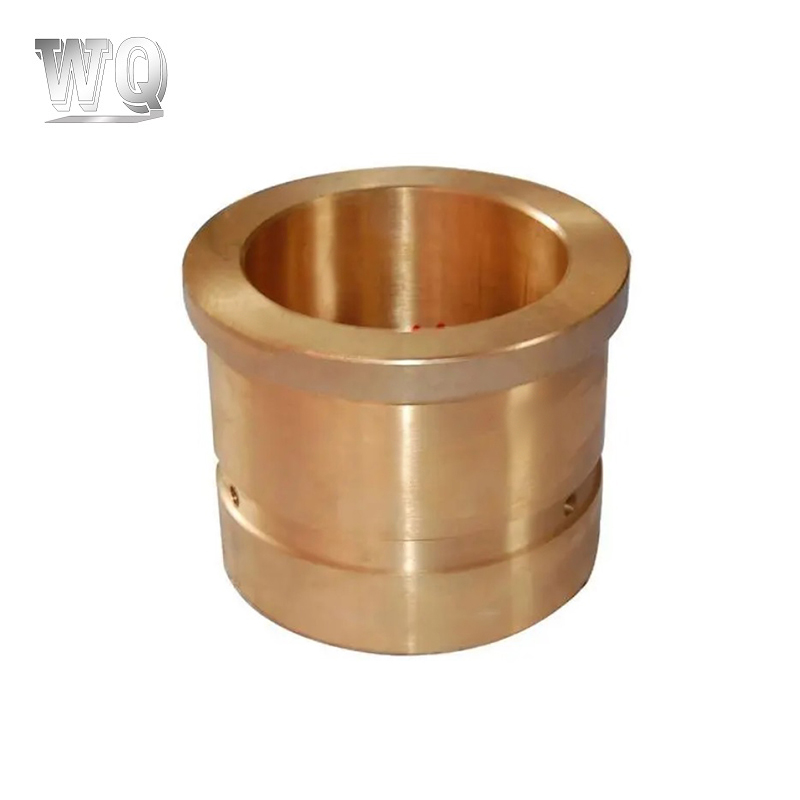Sustainability and environmental responsibility are becoming increasingly important in the casting of auto parts, driven by regulatory pressures, consumer demand, and the automotive industry's commitment to reducing its environmental impact. Here are some key trends and innovations in this area:
One of the most significant trends in sustainability is the increased use of recycled materials in casting processes. Many manufacturers are turning to recycled aluminum and other metals, which require significantly less energy to process compared to virgin materials. This shift not only reduces the carbon footprint of the casting process but also helps in conserving natural resources.
Innovations in casting techniques are leading to more environmentally friendly processes. For example, the development of water-based coatings and binders in sand casting minimizes the use of harmful solvents and chemicals. These eco-friendly alternatives help reduce emissions and improve the overall safety of the work environment.
Manufacturers are investing in energy-efficient technologies to lower their energy consumption during the casting process. This includes upgrading furnaces to more efficient models, implementing heat recovery systems, and optimizing the melting process. These measures not only reduce operational costs but also contribute to lower greenhouse gas emissions.
The concept of "green foundries" is gaining traction, where manufacturers adopt sustainable practices throughout their operations. This includes using renewable energy sources, minimizing waste, and implementing closed-loop water systems to reduce water usage. Such initiatives enhance the overall sustainability of the casting operation and set industry benchmarks for environmental responsibility.
More companies are employing Life Cycle Assessment (LCA) methodologies to evaluate the environmental impact of their casting processes. By assessing each stage of a product’s life—from material extraction to end-of-life disposal—manufacturers can identify areas for improvement and implement strategies that reduce overall environmental impact.

Innovative waste management practices are being adopted to minimize waste generated during the casting process. This includes recycling sand and other materials used in molds and cores, as well as recovering and reusing metal scrap. By optimizing resource use, companies can significantly reduce their waste footprint.
The focus on sustainability extends beyond manufacturing to the entire supply chain. Manufacturers are increasingly seeking suppliers who adhere to sustainable practices and have certifications such as ISO 14001. This holistic approach ensures that sustainability is embedded throughout the production process, from raw material sourcing to distribution.
Sustainable product design is becoming a key consideration in the casting of auto parts. Designers are focusing on creating parts that are not only lightweight and durable but also easier to recycle at the end of their life cycle. This includes designing components that can be easily disassembled and that use fewer materials.
As environmental regulations become stricter, manufacturers are increasingly striving for compliance with standards such as REACH and RoHS, which restrict the use of hazardous substances. Obtaining certifications like ISO 50001 for energy management systems showcases a commitment to sustainability and can improve market competitiveness.
Consumer awareness of environmental issues is rising, influencing purchasing decisions in the automotive market. Manufacturers are responding by promoting the sustainability of their casting processes and the eco-friendliness of their products. This trend not only meets consumer demand but also enhances brand loyalty and market reputation.
The trends and innovations in sustainability and environmental responsibility within the casting of auto parts are reshaping the industry. By adopting eco-friendly practices, focusing on recycling and energy efficiency, and engaging in sustainable design, manufacturers can significantly reduce their environmental impact while also meeting regulatory requirements and consumer expectations. As these trends continue to evolve, they will play a critical role in the future of automotive manufacturing, fostering a more sustainable industry. If you have any further questions or specific areas of interest, feel free to ask!









